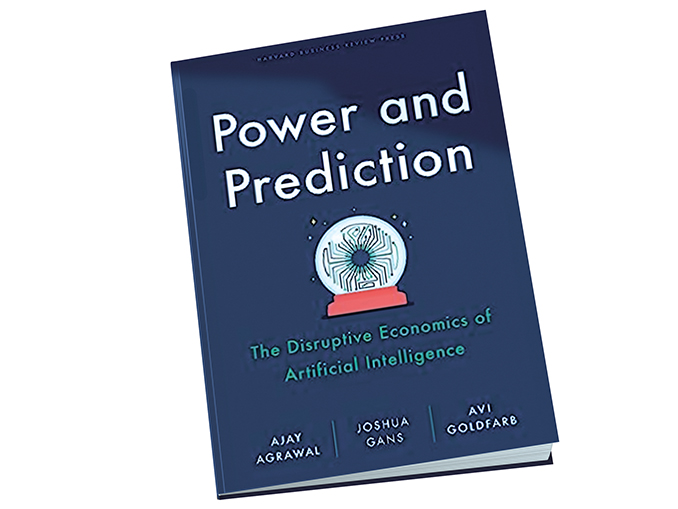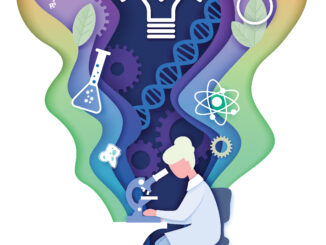Reviewed by Jodi McGee, Chief Insights Officer, Inquisitive Insights, Greater Philadelphia area, Pennsylvania, jodi@inquisitiveinsights.com
Chances are you’ve recently encountered someone touting the possibilities of artificial intelligence (AI) or warning against its dangers. It’s a popular topic for authors, bloggers, speakers, and, by my own research, business professionals networking at events. Its emergence as a topic du jour reflects a genuine curiosity about the concept, a detached awe about the technology that drives AI, and a healthy sense of skepticism: Is AI really going to change everything? How will it actually affect my life and my work?
If this mindset resonates with you, Power and Prediction: The Disruptive Economics of Artificial Intelligence by economists Ajay Agrawal, Joshua Gans, and Avi Goldfarb is an excellent read. The book serves as a tutorial on how and why AI is transforming the economy and, most importantly for business leaders, how to prepare for it.
Early in the book, the authors support the comparison between AI and electricity that has been made by some AI pioneers as they seek to explain the impact and likely stages of AI adoption. The authors explain that, like electricity in its early days, AI is currently being used as a substitute in specific situations, much like light bulbs replaced candles and electric motors replaced steam engines. (Side note: If you are a historical fiction fan, I also highly recommend reading Last Days of Night, which is set in the early days of electricity.) Similarly, AI usage to date has been in low-hanging-fruit situations where predictions were needed, and no significant restructuring was required to adopt AI. A 2020 study by MIT’s Sloan Management Review and the Boston Consulting Group found that only 11 percent of organizations reported significant financial benefits from AI.
So, the authors declare that we are in “The Between Times,” where the real potential of AI has not yet been realized. They postulate that “prediction will so change how decisions are made that the entire system of decision-making and its processes in organizations will need to adjust, and only then will AI adoption really take off.”
To sound knowledgeable in your next conversation about AI, adopt the framework from this book and ponder aloud whether the application of AI that you’re discussing is a:
- Point solution, which improves an existing procedure and can be adopted independently without changing the system (example: Amazon recommendations as part of the shopping experience).
- Application solution, which enables a new procedure to be adopted independently without changing the system (example: qualitative researchers using ChatGPT to develop discussion guides and analyze data).
- System solution, which improves existing procedures or enables new procedures by changing dependent procedures (example: farmers with powerful AI-driven pest management strategies are able to grow a wider assortment of crops, operate larger greenhouses, and adopt new alternative energy models).
Point solutions have the lowest barriers to adoption, while system solutions offer the greatest opportunity for transformation. System solutions are what the authors encourage business leaders to consider, recognizing that it may not be “worthwhile to use AI unless you can redesign the system to accommodate the decisions AI is enabling.”
Not surprisingly, the idea of changing entire systems sparks fear and concern for some. The authors compellingly explain that while AI will be disruptive, we are not ceding control to machines. Rather, AI decouples human prediction from human judgment. Today, we live with rules to avoid decision fatigue because rules allow us to decide not to decide. If we want to take advantage of the predictive ability of AI, we must eliminate the rules we established for convenience or efficiency and reintroduce decision-making. Doing this creates the space for AI to be integrated appropriately, resulting in more sophisticated prediction, elimination of bias, greater customization, and shifts in decision-making power.
I finished the book feeling assured that AI will have a transformational impact on the way we live and work and aspire to think bigger. I also feel more prepared for the next impromptu conversation I find myself having on this topic—something we all should be ready for. After all, “AI has the transformative potential of electricity, but if history is a guide, that transformation is going to be a long and bumpy ride.”





